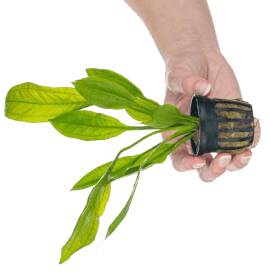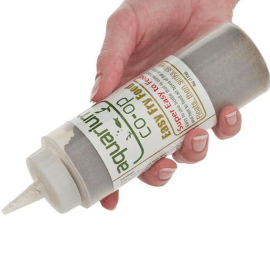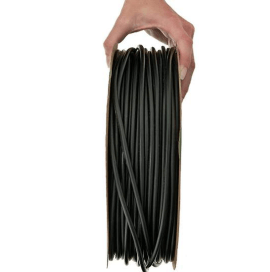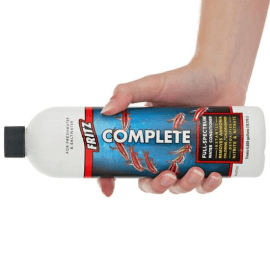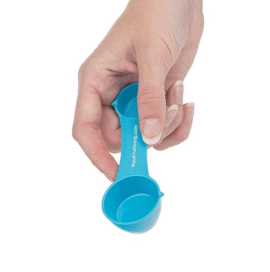Should I use dirt as my substrate in a planted aquarium?
There are many pros and cons to dirted tanks using the Walstad method, so it might be worth trying at least once in your fishkeeping hobby to see if you like it. Based on our experiences with using dirt as substrate, here are some thoughts:
Advantages
- Great plant growth
- Very cheap
- Takes years to run out nutrients in the ground
- Good option if you won't ever change the design (e.g., no moving around plants)
Disadvantages
- Not as easy or beginner-friendly as planted substrate
- Makes a huge cloudy mess if you move plants or have bottom dwellers that dig
- Can lead to toxic ammonia spikes or unsightly algae growth
The disadvantages are why we choose to use inert substrates that don't contain any excess nutrients — like aquarium gravel, sand, and CaribSea Eco-Complete. Then we can add root tabs slowly over time whenever nutrients are needed and not risk overloading the fish tank. However, if you are dead set on doing a dirted planted aquarium, we recommend only adding a 1/8 to 1/4-inch of dirt (just enough to barely cover the tank bottom) and then putting at least a 2-inch cap of gravel to prevent the dirt from leaking into the water column. The plant roots will be able to grow down and eventually reach the dirt.
The reason why we prefer using a gravel cap instead of sand is because gases will form as the dirt breaks down and gravel allows the gases to escape more easily. With sand, escaping gases cause the dirt and sand to explode to the surface, making the water very cloudy and muddy. Also, if you want to pull up and move a plant, dirt inevitably gets pulled out as well and then lands on top of the sand, creating an undesirable appearance. Gravel has pockets and crevices in it, which allows the dirt to sink back down more easily than sand.
Bottom line: dirt is, well, very dirty. Our founder Cory's ideal substrate for planted tanks is gravel that is loaded with a ton of fish poop and supplemented with root tabs to feed the plants.
